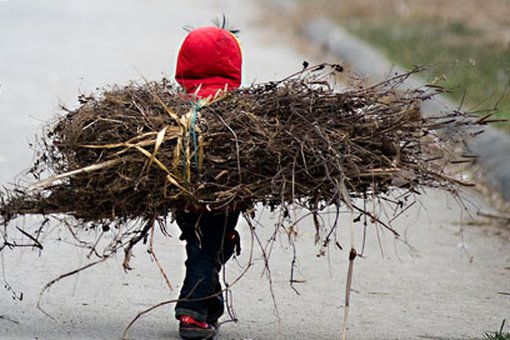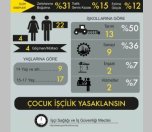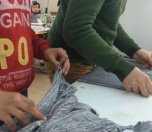*Photo: ILO
Click to read the article in Turkish / Kurdish
Not long ago, Berivan Karakeçili, a 13-year-old seasonal agricultural worker, lost her life after being hit by an object in a whirlwind. Her father who also worked at the same place told journalists that their boss said, "You will work even if it rains stones."
Twenty-six child workers lost their lives in the first five months of this year.
According to the 2012 Child Labor Survey by the Turkish Statistical Institute (TurkStat), among the 6-17 age group, 44.7 percent works in agriculture, 24.3 percent in industry and 31 percent in the service sector.
The TurkStat is expected to conduct the same survey this year for the first time in seven years.
The 2025 targets
Ceren Ababay Tosyalı from the International Labor Organization (ILO) which was founded 100 years ago spoke to bianet on child labor, saying that there are currently 152 million child workers in the world and seven-tenth of them work in agriculture.
Noting that the TurkStat has been periodically conducting the Child Labor Survey since 1994, Ababay Tosyalı said that there is a significant decrease in 2012 compared to 1994 and 1999. The surveys in 2006 and 2012 showed similar results according to Ababay Tosyalı.
"Child Labor Global Predictions report by the ILO show that there has been a decrease in child labor since the beginning of the 2000s," she added.
Yet it is not possible to meet the target of ending child labor in its all forms until 2025 which is included in the Sustainable Growth Agenda agreed by the General Assembly of the United Nations "even if the current trend of decrease continues," Ababay Tosyalı noted.
Supply chains
When asked her views on some countries, including the Netherlands, deciding to forbid the import of products supply chains of which involved child labor, Ababay Tosyalı said it is "important for the progress on the solution of the child labor problem."
The National Program that is agreed for the 2017-2013 against child labor in Turkey is "compatible with the current global approach and the 2025 target," she remarked.
"However, up-to-date data is an important element for directing studies for ending child labor. The fact that the last Child Labor Survey was conducted in 2012 indicates a need for up-to-date data.
"In 2019, as was expressed in the National Program Action Plan, it is expected the TurkStat Child Labor Survey to be repeated. Conducting this study will create opportunities to review the current situation."
Youth unemployment
The youth unemployment rate is 24.9 percent and the rate of the unemployed young women is 32.2 percent, according to the 2018 figures of the TurkStat.
"These figures show that there is a need for programs to support young people's inclusion in the job market in the period of transition from school to work life. Particularly the programs that aim to support and empower young women should be given priority," Ababay Tosyalı said. (AÖ/VK)







-132.jpg)









